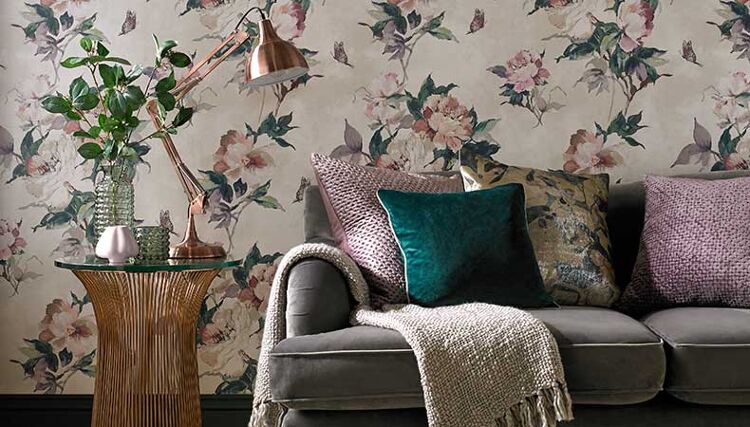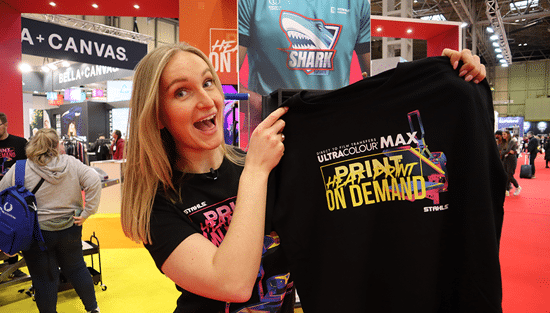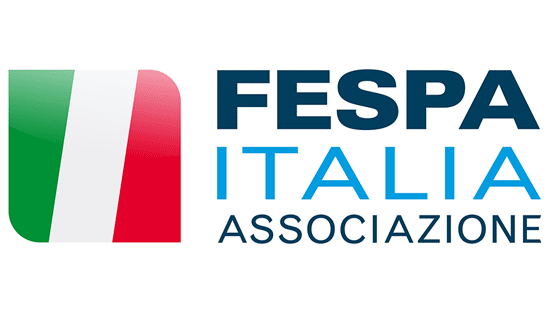Digital v. analogue: balancing consumer appetites for printed wallpaper

Digital technologies have firmly begun to change the way that manufacturers in the interior decorations market operate.
But James Watson, Managing Director of wallcoverings manufacturer Surface Print, says the future lies in a tandem effort between traditional printing and new digital advancements.
“Surface Print is a fourth-generation, family run business in Lancashire, with a rich history in traditional printing processes for high-end wallpapers and wall coverings for a range of customers,” says James Watson.
The company – and its own brand of wallpaper, 1838 Wallcoverings – began adopting digital printing methods in 2013, which came with a number of challenges.
“To begin with we had to deal with the huge cost of investment – not just in the machines, but in the CAD software that compliments these, and the need for the digital printing room to be specially lit and kept at a steady 20C in temperature,” says Watson.
“A more pressing issue for wallpaper is also getting the machines to run consistently. As wallpaper so often features repeating designs, it is imperative to get good colour consistency throughout the run – and this was a big challenge that we faced.”
That said, the adoption of digital was imperative to meet with new consumer appetites in the wallpaper market: “large scale murals, or wall panels, are a huge trend at the moment – the scale and colour range of which just can’t be achieved using traditional analogue printers. The ability to do personalised colour-ways and individual designs is also only viable through digital printing due to the ability to print in short runs.”
Despite the new opportunities that digital affords, Watson says that traditional ways of printing will always remain key to the wallpaper industry: “The craft movement at the moment in England, and globally, is massive. There is an appetite for small batch, hand crafted products – and the same is true of wallpaper.”
“In our factory, we have people hand mixing colours and using methods like surface printing which gives a beautiful, hand painted effect which is missing from current digital printing. So there will always be a place for both types of printing – it is about assessing which tool to use to best meet the needs of the customer.”
One key benefit of digital, however, is the extent to which it has increased the accessibility of wallpaper to small-scale users looking to set up a wallpaper businesses.
“Now, students can leave college and invest in the wallpaper industry, which wouldn’t previously have been possible due to the initial set up costs of the machines, including the cost of rollers and printing plates. Wallpaper is now a lot easier to get into.”
And what does the future hold for digital printing in wallpaper?
“Our business still operates at around 80 per cent analogue machines and 20 per cent digital, but digital will continue to increase as the machines increase in speed and go down in price. And effects that aren’t currently available through digital methods, such as metallic printing, will be developed.
“In the interior decoration industry, there are battles for wall space from paints, paneling tiling – but the opportunities that digital printing affords will help us hold our own in this market.”
Become a FESPA member to continue reading
To read more and access exclusive content on the Club FESPA portal, please contact your Local Association. If you are not a current member, please enquire here. If there is no FESPA Association in your country, you can join FESPA Direct. Once you become a FESPA member, you can gain access to the Club FESPA Portal.
Recent news

How AI can benefit your data collection
Printers are collecting data about everything from costs to customers and inventory. But how can AI help you to make the most of that?

No minimum order: the growth of DTF decoration
Andy Rogers at Stahls’ UK and Europe, garment decoration firm based in Braintree, UK and Dillingen, Germany, on the cost and speed benefits of direct to film (DTF) printing.

The design democracy: AI, creativity and interior décor
We spoke to Matt Fletcher of John Mark Ltd and Cheryl O’Meara from the Print Pattern Archive about combining age-old techniques with artificial intelligence (AI) to create exciting new motifs for luxury wall coverings.
